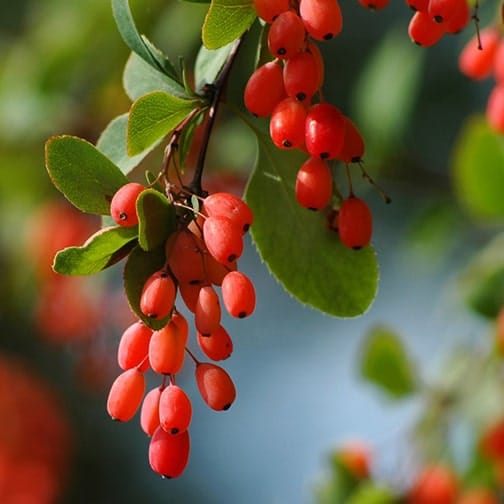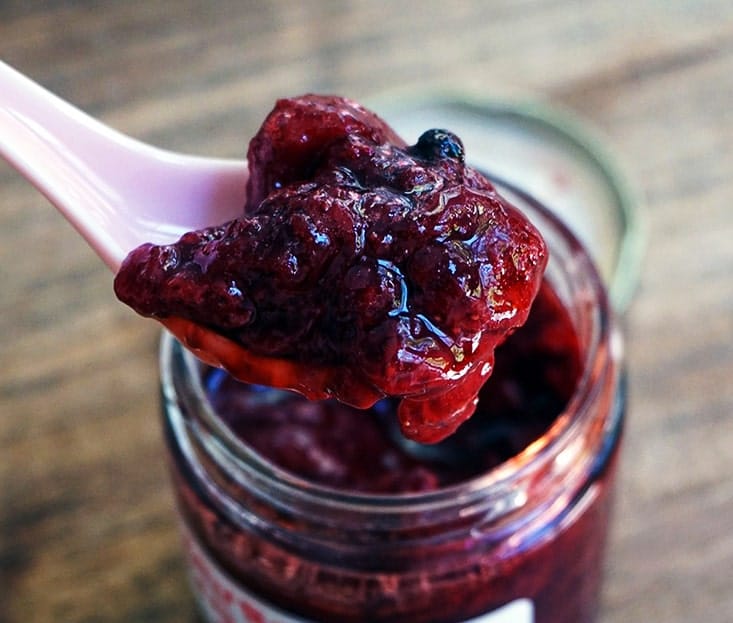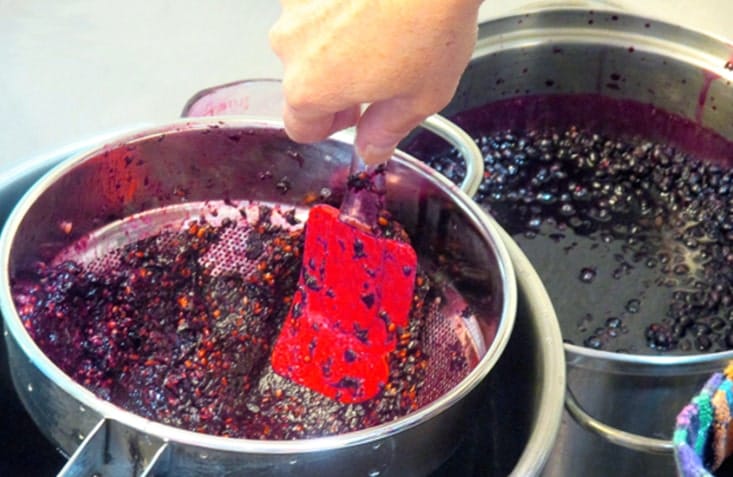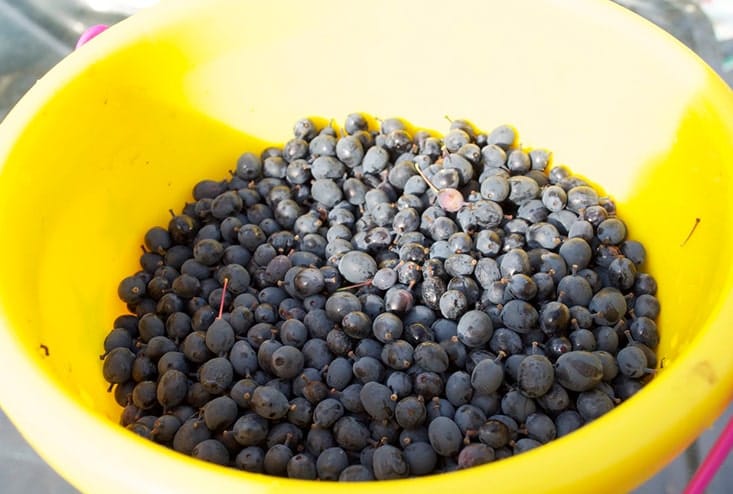
Barberry Jam
Quick Access :
General information
General
Information :
Information :
Barberry shrubs is an evergreen broad-leaved tree with red oval fruits. Barberry grows in a variety of soils, though is primarily cultivated in cooler regions. It is a deciduous plant that grows up to 3 m. Barberry has a long history of use in traditional eastern and western herbalism. In ancient Egypt, barberry fruit was used with fennel seeds to ward off pestilent fevers. Indian Ayurveda physicians used barberry in the treatment of dysentery and traditional Iranian medicine uses the fruit as a sedative. In northern Europe barberry was used to treat gall bladder and liver problems.
The berries of the barberry are customarily used to make sticks and jams. The choice of fruit for jam-making is almost endless. We always try to use seasonal fruit to get the best flavor for our jam. Slightly unripe or “just ripe” fruit will form a jam more easily than very ripe fruit as it contains more pectin and is more acidic.
The berries of the barberry are customarily used to make sticks and jams. The choice of fruit for jam-making is almost endless. We always try to use seasonal fruit to get the best flavor for our jam. Slightly unripe or “just ripe” fruit will form a jam more easily than very ripe fruit as it contains more pectin and is more acidic.

Barberries contain several beneficial compounds, most notably berberine, which acts as an antioxidant and may help manage conditions like diabetes, fight dental infections, and treat acne.
Product benefits
Barberry Jam
Benefits :
- Acting as an antioxidant
- Helping to manage conditions like diabetes
- Helping to fight dental infections
- Treating acne
- Being High in nutrients
- Containing beneficial plant compounds
- Helping to manage diabetes
- Helping to treat diarrhea
- Protecting against metabolic syndrome
- Having anticancer effects
How to Produce
How To
Produce :
Barberry were processed into jam on an industrialized scale, including the major steps of:
1- Wash and stem fully ripe berries.
2- Add sugar and the diluted vinegar.
3- Bring the mixture to a boil
4- Then add the berries and heat slowly.
5- Remove from heat
6- Pack the berries into hot, sterile jars.
1- Wash and stem fully ripe berries.
2- Add sugar and the diluted vinegar.
3- Bring the mixture to a boil
4- Then add the berries and heat slowly.
5- Remove from heat
6- Pack the berries into hot, sterile jars.


Based on the taste of the fruit in the jam, we can add ingredients such as cinnamon, saffron, ginger and lemon juice (for fruit with little in the way of natural acid) to the pot. The juice of lemon is needed for very low acid fruit, whereas half of that will be enough for medium acid fruit, and won’t need any for the high acid fruits. In general, fruit with high pectin will also have high acidity and vice versa.
To prepare high quality jam, we should use high quality, dry and ripe fruits in good condition (not rotten, moldy or overripe). If the fruit is damp or wet, then the water may actually dilute the natural pectin and prevent the preserve from achieving a good set. Boiling is key to jam-making because it releases a long fibrous compound known as pectin. In jam, pectin forms a mesh that traps the sugary liquid and cradles suspended pieces of fruit. The fruit will always help to purify and sterilize it, killing off any natural yeast and preventing the fermentation process.

Packaging
Packaging :
As far as packaging is concerned, there are various options – cups, glasses, cans, buckets. We can provide barberry Jam in each quantity that our client wants, there are no limited in weight and destination or in packed.
